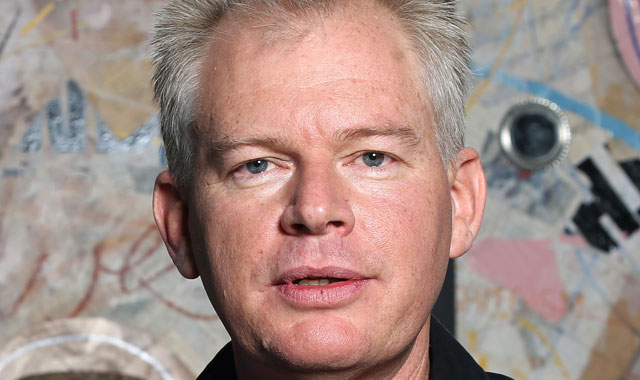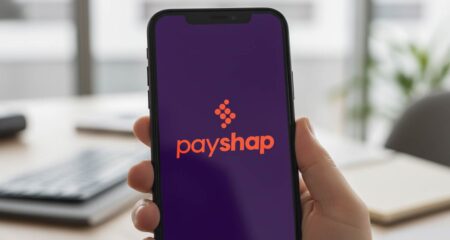
After a lengthy pilot project, Standard Bank has commercially launched SnapScan, a smartphone-based payments system that removes the need for consumers to carry either cash or bank cards, allowing them to make payments using only their phones.
Consumers from any bank, not only Standard Bank, can download and use the app. They provide their credit or cheque card number (no Pin is required) and this information is securely stored using advanced encryption techniques.
When they arrive at a point of sale — at a merchant that supports the platform — users simply scan a QR code linked to the merchant and enter the amount owing, or they scan a QR code linked to a specific price. When the payment has been successfully concluded, the merchant receives an SMS confirmation. Standard Bank charges merchants a flat fee of 3%/transaction.
The platform potentially removes the need for expensive point-of-sale equipment and could prove popular among small vendors that can’t afford or don’t want to operate traditional payment terminals. Merchants aren’t even required to have a bank account, and can elect to receive their payments in the form a Standard Bank Instant Money voucher, which can be redeemed at Spar supermarkets or at the bank’s ATMs.
John Campbell, CEO of Standard Bank’s innovation division Beyond Payments, says SnapScan is the result of years of experimentation and failure. This experimentation allowed the bank to figure out what works and what doesn’t in smartphone-based payments.
“SnapScan turns the space we’ve known since the 1970s on its head,” Campbell says. “Merchants have sat with sophisticated devices in their stores, but ‘sophisticated’ equals expense and complexity and has excluded a big base of merchants.”
Instead, the SnapScan platform uses the power available on devices that many people now carry with them in their pockets, Campbell says. “If you have a simple QR code and move intelligence to the device, that’s a winning formula.”
The commercial launch of the product follows a lengthy pilot project in Stellenbosch involving more than 500 merchants.
Campbell says security considerations were crucial in the development of the app. The app was developed by Stellenbosch-based FireID, whose team “comes from a security and crypto background”, he says. “We can’t afford any mistakes from a security perspective.”
The app is also linked to the unique identifiers on users’ phones, meaning that, at least for now, consumers can’t link multiple devices. The bank can also block phones that are using SnapScan for what the bank considers suspicious activities.
Standard Bank says it plans to add a range of features to SnapScan over time, including the ability to do person-to-person payments. Campbell says the bank is rolling out the system to thousands of merchants and expects large-scale adoption of the platform.
Though to the bottom end of the market is still using feature phones, and is therefore excluded, Standard Bank expects this picture to change markedly in the next few years as smartphone prices continue to plummet. — (c) 2014 NewsCentral Media




